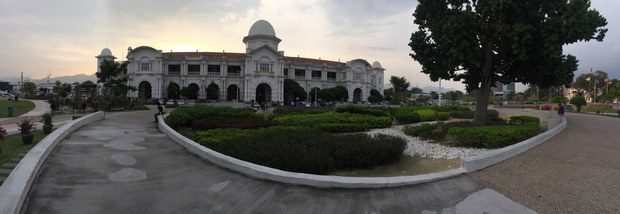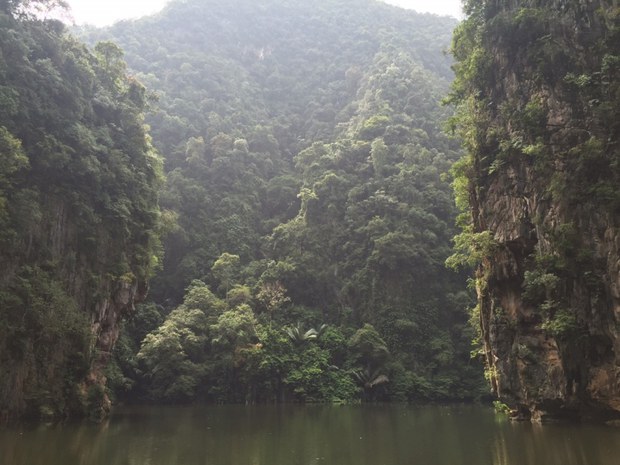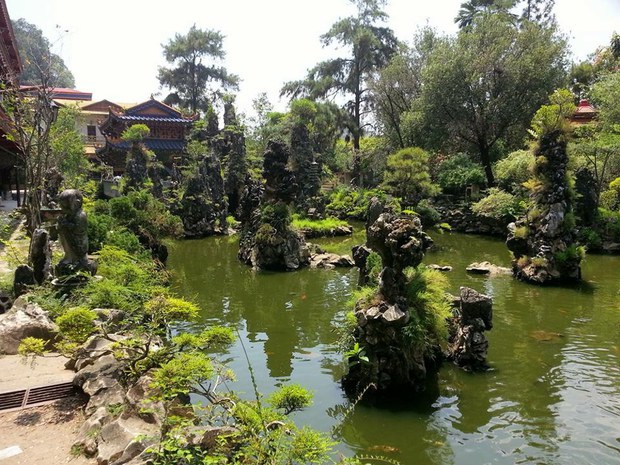Ipoh, Malaysia’s ‘Renaissance City’ with Old-Time Charm
2016.08.18
Ipoh, Malaysia
Ipoh, the capital of Malaysia’s Perak state, is making a comeback as a tourist draw after its fortunes waned following a tin-mining boom in the 1930s and '40s.
Ipoh used to figure among Southeast Asia’s wealthiest towns, pulling its riches out of a mine in the nearby Kinta Valley. Now, it is undergoing a rebirth with parts of the city, such as Old Town, undergoing restoration. The town is named after the poisonous Ipoh tree that used to grow abundantly in the region.
The predominantly ethnic Chinese city of 1.1 million people, which lies 205 km (127.3 miles) northwest of Kuala Lumpur, features elegant buildings from Malaysia’s British colonial era and other attractions.
Ipoh offers visitors a peaceful escape from the bustle of Malaysia’s bigger cities, and is one of Malaysia’s lesser-known destinations among foodies.
“I love it here. Even though Ipoh has changed and developed a lot, the peacefulness is far much better than other cities. The food, the people, the muhibbah, the streets are things that I don’t want to leave behind,” Long Kap Keng, 61, a hawker at the Pasar Karat market in Memory Lane, who has been living in Ipoh since he was born, told BenarNews.
The town recently regained some international prestige, when the travel guide Lonely Planet rated Ipoh as one of Asia’s top 10 tourist destinations. It was the only Malaysian city that made the list. Lonely Planet ranked Ipoh sixth, behind Hong Kong (No. 5), and ahead of Pemuteran, Indonesia (No. 7) and the Trang Islands in Thailand (No. 8).
“The spark is finally returning to the time-worn neighborhoods of Ipoh. For too long, [it] was considered a faded and has-been of a city – and that’s if travelers thought of it at all,” the Lonely Planet says.














